Olive oil is a great addition to your daily food pattern. It is rich in monounsaturated fats, contains antioxidants and anti-inflammatory properties. It has been proven to promote cardiovascular health and reduce the risk of certain cancers. But – are you consuming… the stuff that actually has those yummy benefits? How would you even know?
Enter – the taste test.
To properly taste test your olive oil: pour into a small bowl that fits into your palm. This bowl should be colored to avoid bias on color of the olive oil as this does not affect quality. Hold it with your hands and swirl it around to warm it up a bit. Now take a whiffl! It should have fruity, grassy aromas from the olives. If it doesn’t then, well, it may be a version that has been refined to meet lab standards for ‘extra virgin olive oil’. Now, take a sip of oil and push air into your mouth. It should taste like pure olive juice with a bit of a sting to activate your salivary glands. If it tastes like pure fat and coats the inside of your mouth – you can scratch that choice, too.
Enter – the label.
Good quality olive oils should be produced and packed in the same place. So, look for labels that contain this information – those that say: ‘produced and packed by..’ a single producer. Better yet, it may specify a lot number to confirm its origin. Avoid labels that state ‘product of EU’ or simply state a country. It should have a specific address to account for the production of the olive oil.
Enjoy the Mediterranean / Mesopotamian magnificence of nutrient-dense olive oil with a chef’s eye / palate from now on.
Oh.. and you get what you pay for. These oils can cost more than cheaper varieties which, as you now know, are not what should even be being produced in first place!

